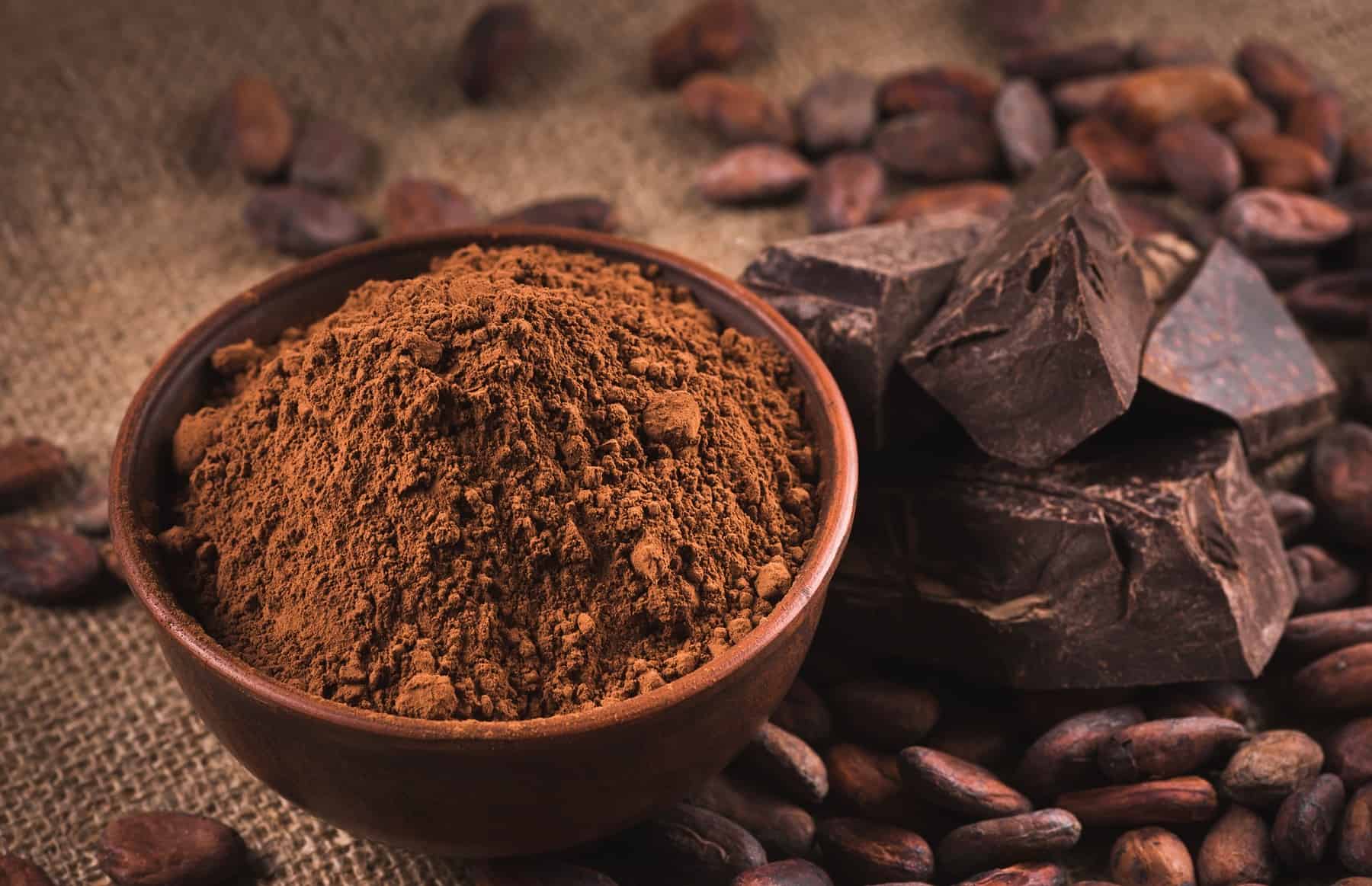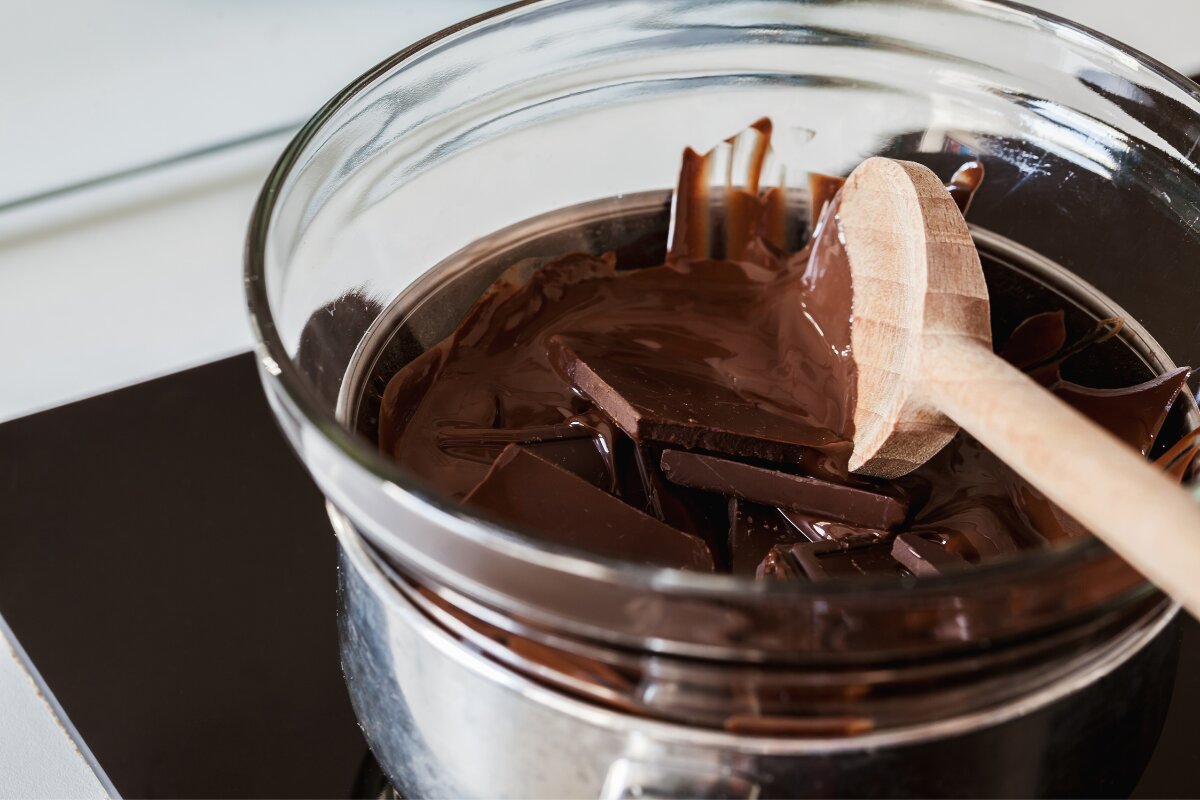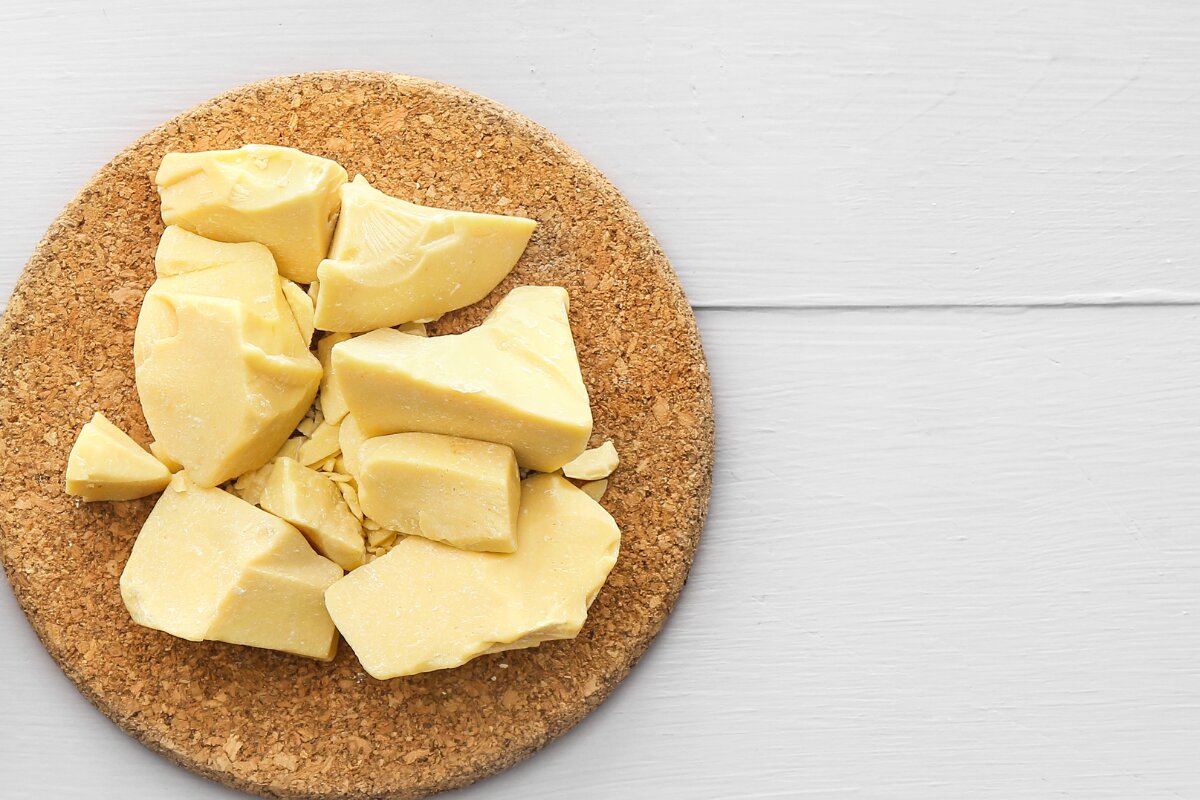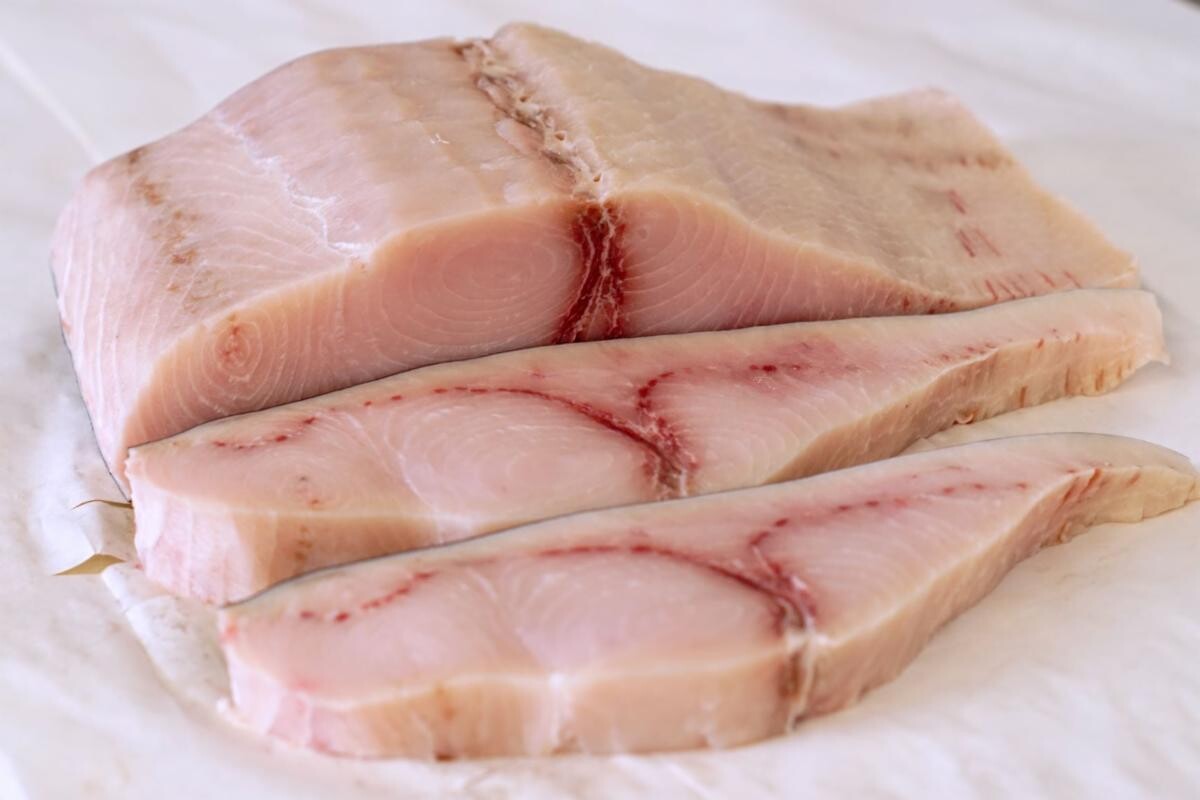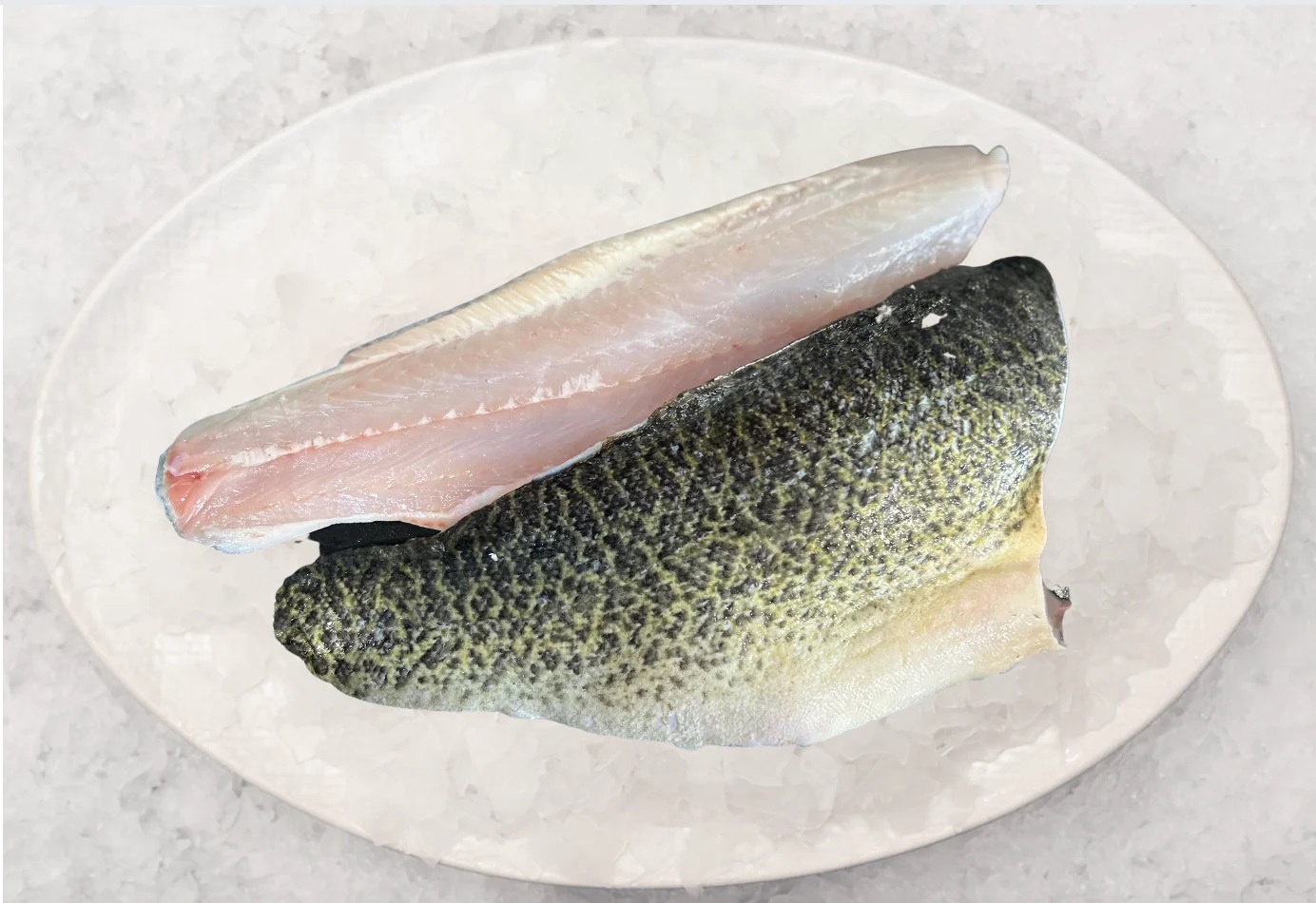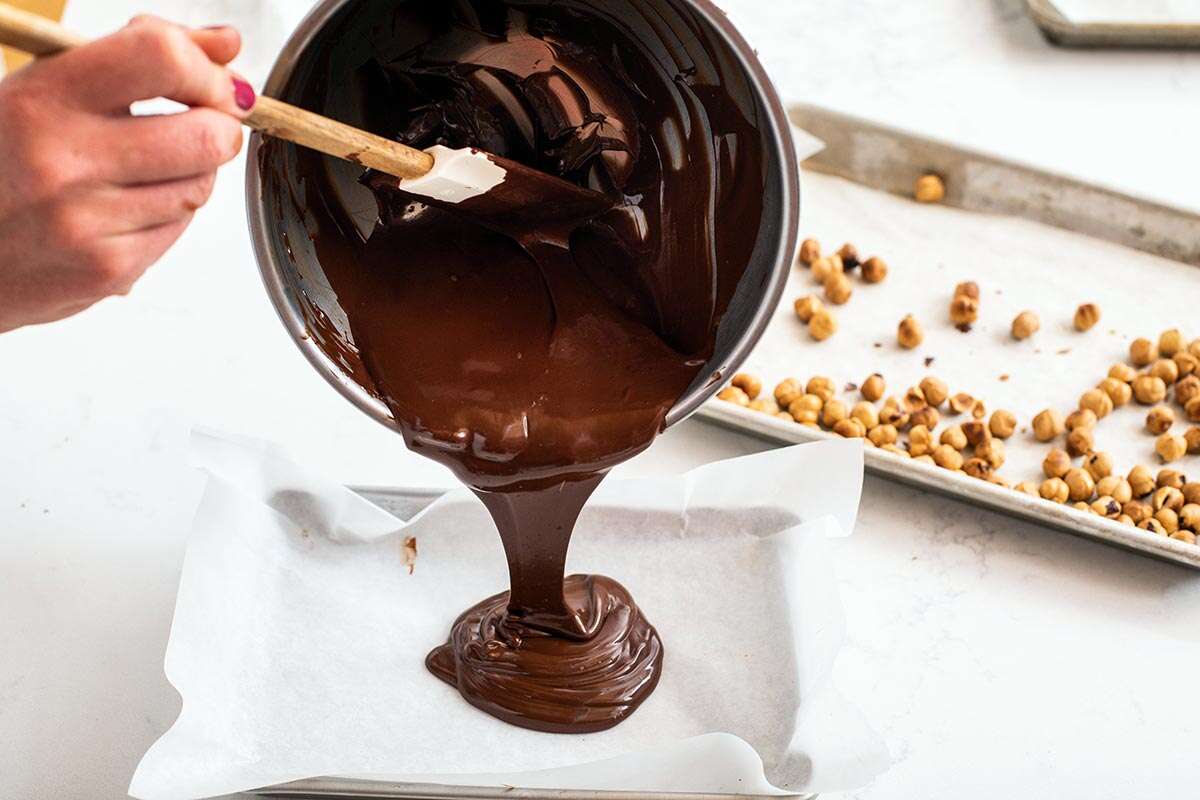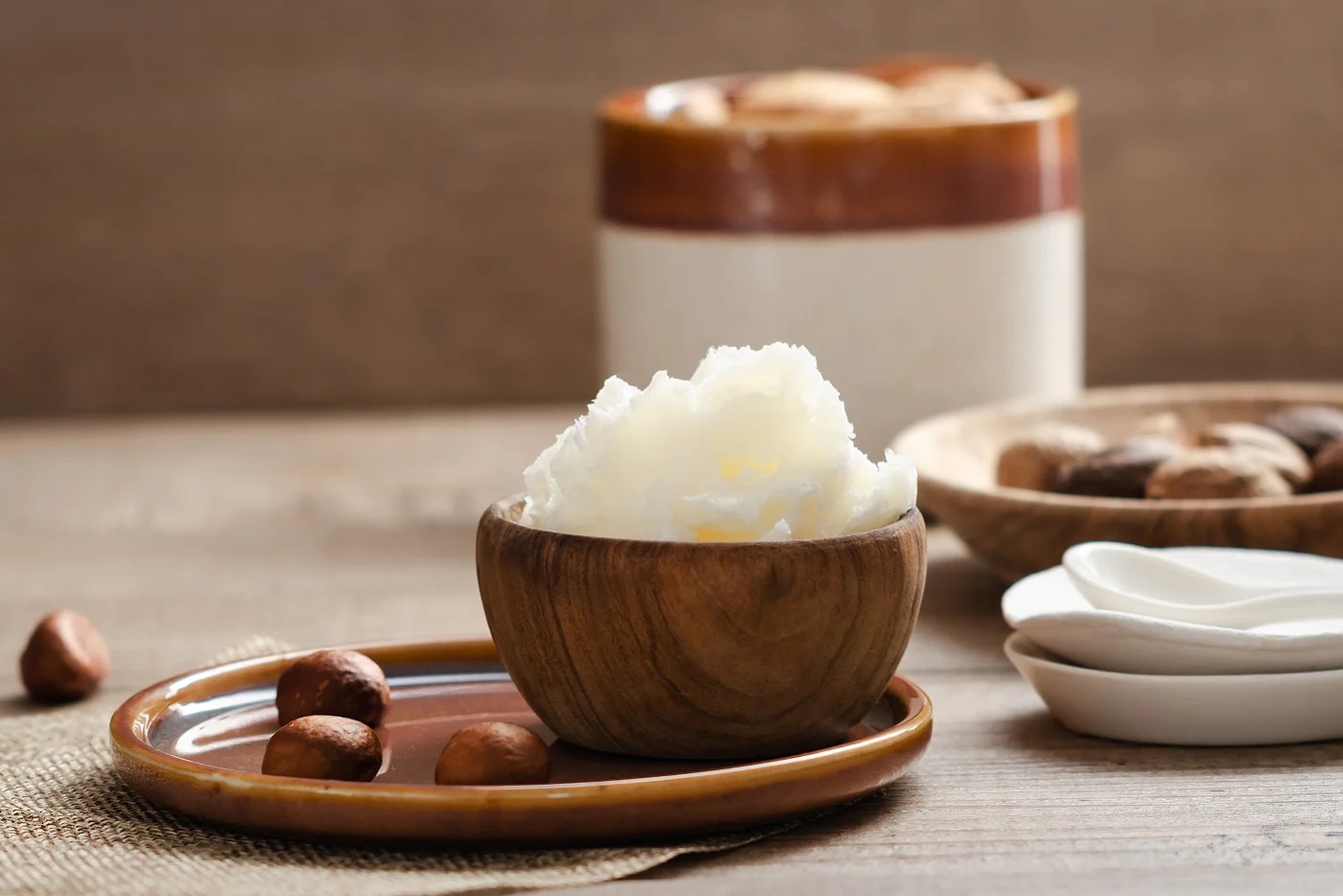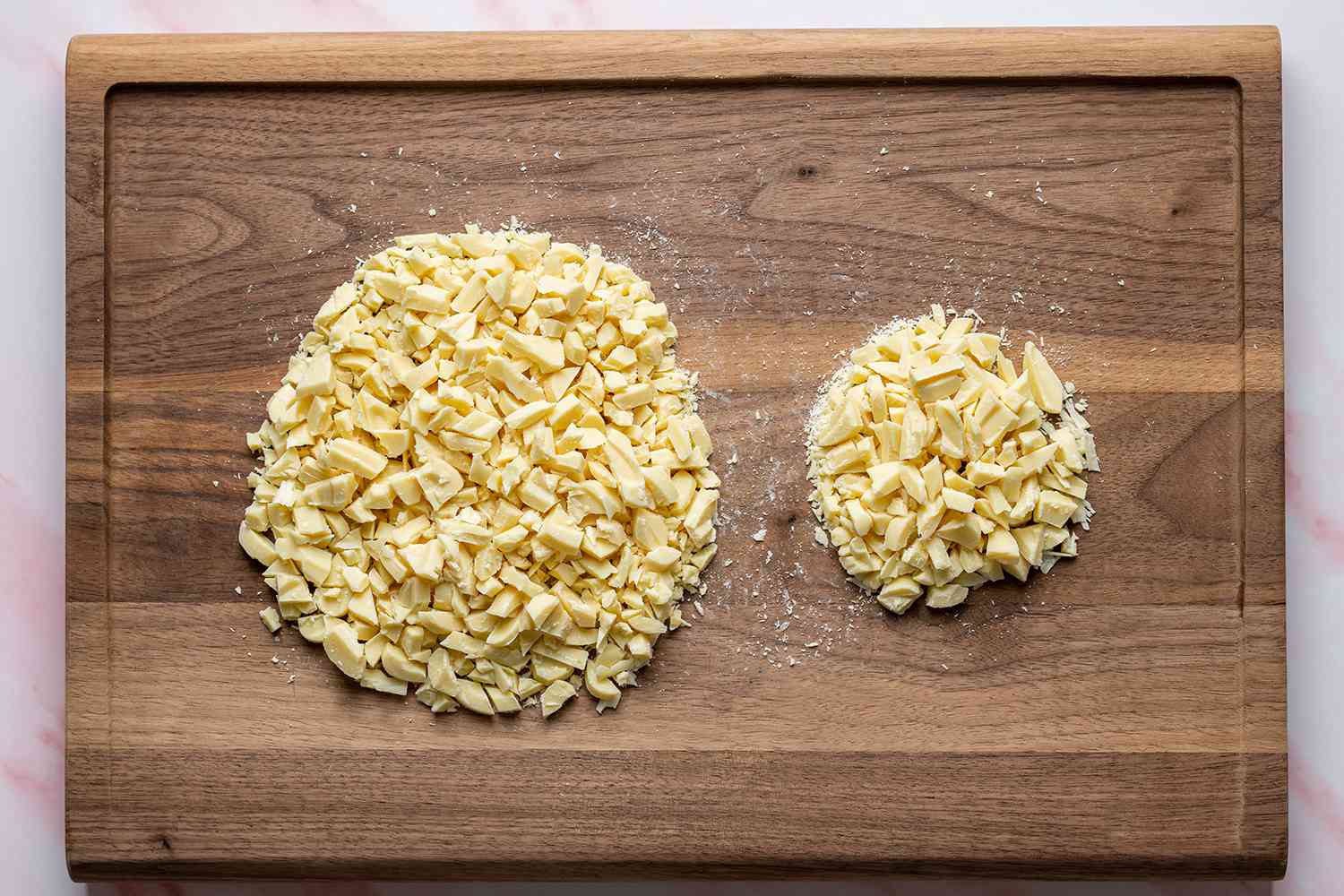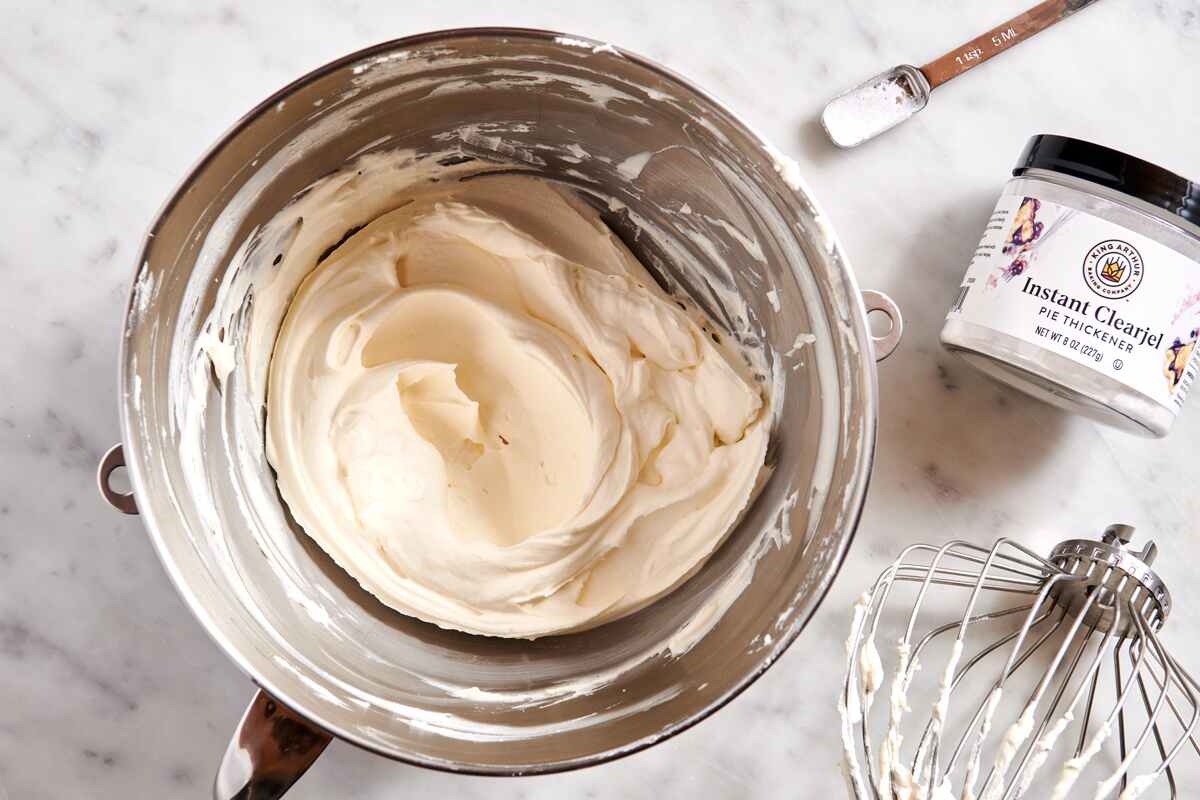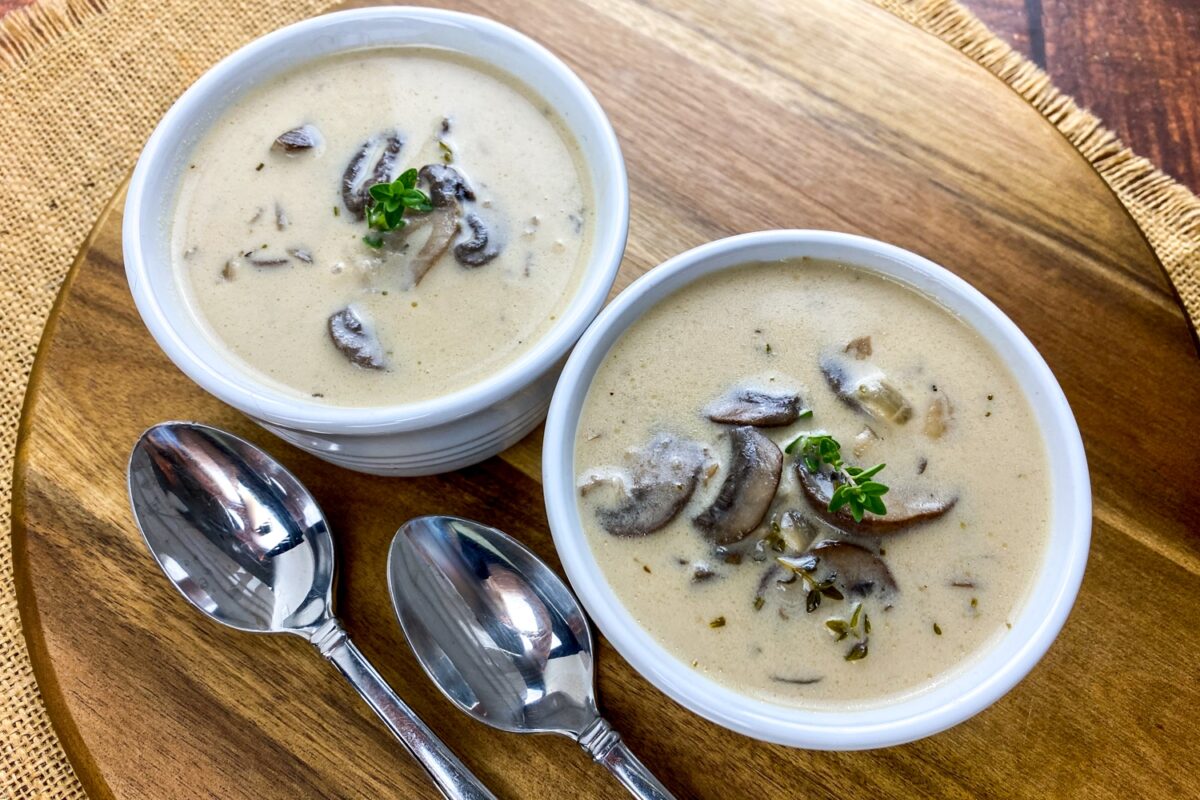Mastering the Art of Tempering Callebaut Chocolate
There’s something truly magical about the rich, velvety taste of Callebaut chocolate. Whether you’re a professional pastry chef or a home baker, learning how to temper Callebaut chocolate is an essential skill that can elevate your sweet creations to a whole new level. Tempering chocolate is the process of heating and cooling it to specific temperatures, resulting in a smooth, glossy finish and a satisfying snap when broken.
Why Tempering is Important
Tempering Callebaut chocolate is crucial for achieving the perfect texture and appearance in your final product. When chocolate is tempered correctly, it retains its shine, has a smooth mouthfeel, and doesn’t easily melt at room temperature. This makes it ideal for creating chocolate decorations, enrobing truffles, or crafting delicate bonbons.
Step-by-Step Guide to Tempering Callebaut Chocolate
Tempering chocolate may seem daunting at first, but with the right technique and a bit of practice, you can achieve professional-quality results. Here’s a step-by-step guide to tempering Callebaut chocolate:
- Prepare Your Equipment: Start by gathering the necessary equipment, including a heatproof bowl, a spatula, a candy thermometer, and a marble or granite surface for cooling the chocolate.
- Chop the Chocolate: Chop the Callebaut chocolate into small, uniform pieces using a sharp knife. This will help the chocolate melt evenly and speed up the tempering process.
- Melt the Chocolate: Place two-thirds of the chopped chocolate into a heatproof bowl. Set the bowl over a pot of simmering water, making sure the bottom of the bowl doesn’t touch the water. Stir the chocolate gently and consistently as it melts, keeping an eye on the temperature with the candy thermometer. The chocolate should reach a temperature of 45-50°C for dark chocolate, 40-45°C for milk chocolate, and 40-45°C for white chocolate.
- Cool the Chocolate: Once the chocolate has reached the desired temperature, remove it from the heat and add the remaining one-third of the chopped chocolate. Stir gently until all the chocolate has melted and the temperature drops to 27-28°C for dark chocolate, 26-27°C for milk chocolate, and 27-28°C for white chocolate.
- Reheat the Chocolate: Place the bowl back over the pot of simmering water for a few seconds, stirring constantly, just until the chocolate reaches 31-32°C for dark chocolate, 29-30°C for milk chocolate, and 28-29°C for white chocolate. Be careful not to overheat the chocolate, as this can undo the tempering process.
Tips for Success
Tempering chocolate requires precision and patience, but the results are well worth the effort. Here are a few tips to help you achieve perfect tempering every time:
- Use High-Quality Chocolate: Start with the best quality chocolate you can find, such as Callebaut, for superior flavor and texture.
- Avoid Moisture and Overheating: Keep moisture away from the chocolate, as even a small amount can cause it to seize. Additionally, be careful not to overheat the chocolate during the melting and cooling process.
- Test the Tempering: To ensure that the chocolate is properly tempered, dip a knife or spatula into the chocolate and set it aside to cool. If it hardens with a glossy finish within a few minutes, it’s ready to use.
- Work Efficiently: Once the chocolate is tempered, work efficiently to use it in your desired application before it begins to set.
Putting Your Tempered Chocolate to Use
Now that you’ve mastered the art of tempering Callebaut chocolate, the possibilities are endless. Use your beautifully tempered chocolate to enrobe truffles, dip fruit, create delicate chocolate curls, or mold into elegant bonbons. The smooth, glossy finish and satisfying snap of tempered chocolate will take your sweet creations to the next level, impressing friends, family, and customers alike.
With practice and a keen eye for detail, you’ll soon become a master at tempering Callebaut chocolate, unlocking a world of decadent possibilities in the realm of chocolate confections.
Readers can try their hand at making delicious treats using the skill of tempering Callebaut chocolate. They can start with something simple yet satisfying like Chocolate-Covered Pretzels, which are both crunchy and sweet. For a more indulgent dessert, Chocolate Truffles are a perfect choice; their rich, creamy centers will impress any guest. Those looking for a fun and unique snack might enjoy Chocolate-Dipped Bacon, offering a delightful contrast of sweet and savory flavors. Chocolate-Covered Cheesecake Bites provide a decadent bite-sized dessert that beautifully combines creamy cheesecake with a crisp chocolate shell. Lastly, Chocolate Bark is an excellent option for a customizable treat that can be tailored with various nuts, fruits, or spices to suit any palate.
